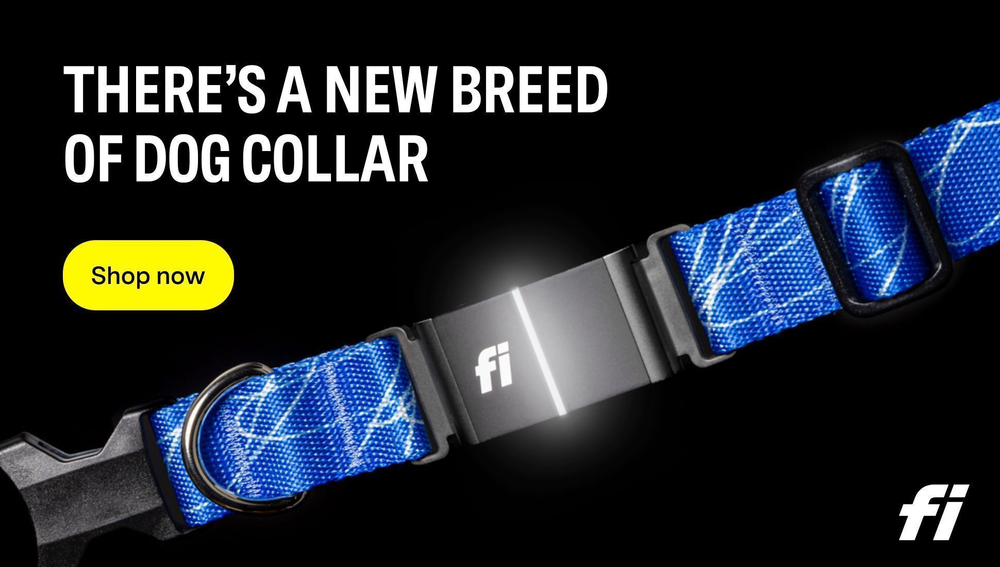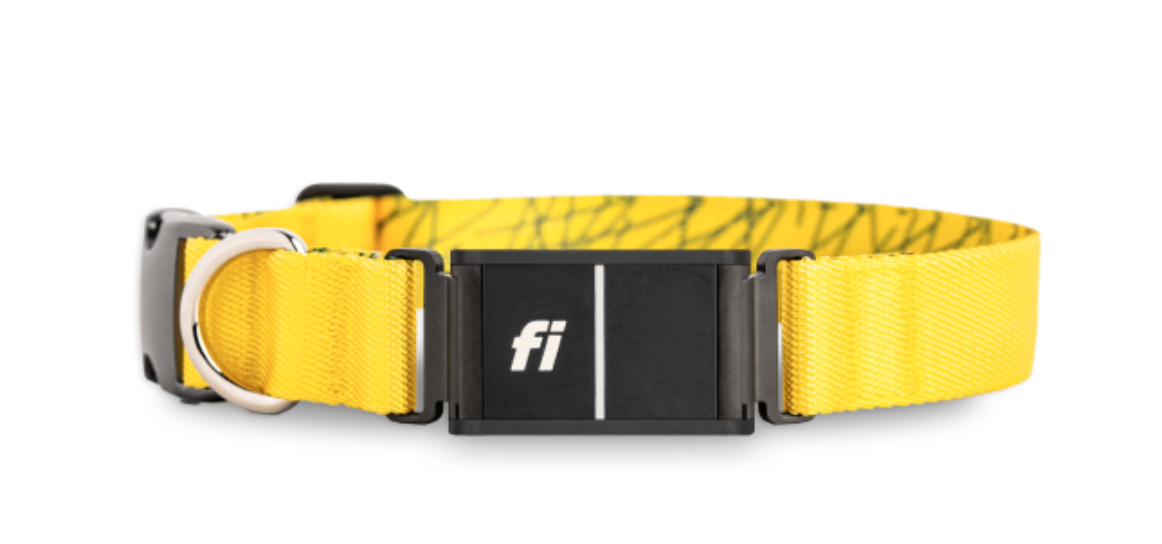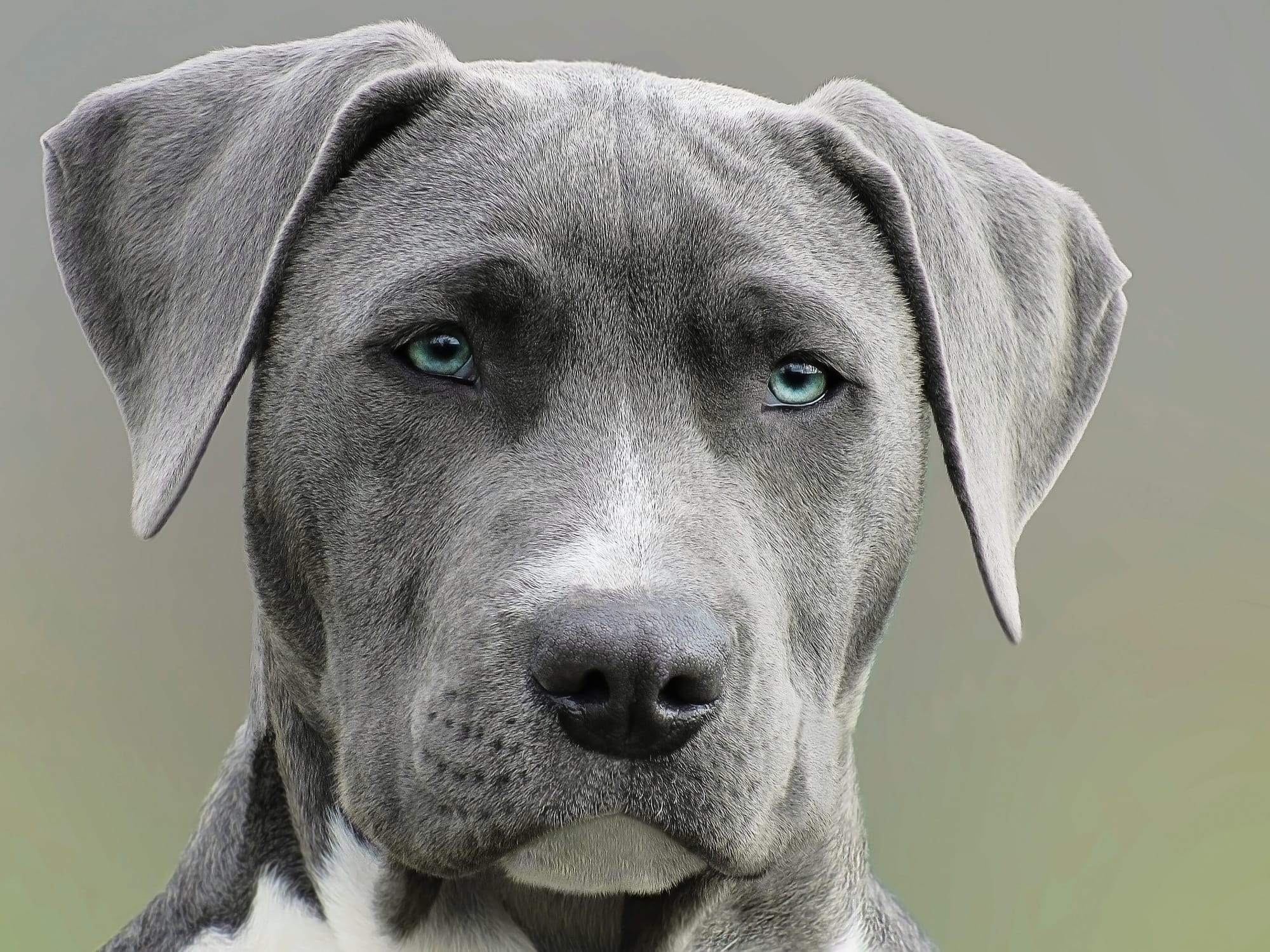The marble fox, also known as the Arctic fox, is a beautiful and unique animal that inhabits the Arctic tundra regions of North America, Europe, and Asia. These foxes are known for their striking appearance, with white fur that is accented by black markings on their paws, ears, and nose. They are also known for their ability to survive in harsh climates, where temperatures can drop to -50°C.

Marble foxes are small mammals, weighing between 3 and 9 pounds, and measuring between 18 and 26 inches in length. They have a thick coat of fur that helps to insulate their bodies against the cold, and they also have small ears and a short snout to help reduce heat loss. These foxes are omnivores, feeding on multiple foods such as lemmings, voles, birds, and berries.
Despite their beauty, marble foxes face several threats in the wild. Climate change is causing the Arctic tundra to warm at an alarming rate, affecting food availability for these animals. Additionally, the fur trade is a major threat to marble fox populations, as they are often hunted for their pelts. Conservation measures are underway to protect these animals and their habitats, but more work needs to be done to ensure their survival in the wild.

Origin and Genetics
Marble foxes are a unique and captivating species of fox, known for their striking white and black fur. The origins of the marble fox can be traced back to a genetic mutation that occurred in captive breeding schedules of arctic foxes in Canada.
Genetic Mutation
The genetic mutation responsible for the marble fox's distinctive coloring is a result of a recessive gene that causes the black and white pigment in their fur. This mutation was first observed in the 1940s in captive breeding programs in Canada, and since then, has become a popular breed in the fur trade industry.
Arctic Fox Ancestry
Marble foxes are closely related to arctic foxes, which are native to the Arctic regions of North America, Europe, and Asia. Arctic foxes are recognized for their thick white fur, which permits them to blend into their snowy surroundings. The marble fox's coloring is a genetic mutation that occurred in captive breeding programs of arctic foxes in Canada.
The Canadian marble fox is a widespread breed in the fur trade industry, due to its unique and striking appearance. However, it is crucial to note that the fur trade industry has come under scrutiny in recent years due to crises about animal welfare and sustainability.
Physical Characteristics
Marble foxes are a unique and beautiful species of foxes that are known for their striking appearance. They have a thick and fluffy coat that is predominantly white with black, gray, and brown markings that give them a marbled appearance. The color variations of these markings can vary depending on the habitat and region they are found in.
Color Variations
Marble foxes have a predominantly white coat with black, gray, and brown markings. The markings can vary in size and shape, and some individuals may have more black or brown markings than others. In some regions, marble foxes may have a reddish-brown coloration instead of black or brown markings.
Size and Weight
Marble foxes are medium-sized foxes, with a moderate length of 18-24 inches and a weight of 6-10 pounds. They have a bushy tail about half the length of their body and is used for balance and communication.
Overall, the physical characteristics of marble foxes make them a unique and fascinating species to study and observe. Their striking appearance and adaptability to different environments make them a valuable part of the ecosystem.
Behavior and Ecology

Habitat and Territory
Marble foxes are native to the northern regions of North America, including Alaska and Canada. They are typically located in tundra and boreal forest habitats. These foxes are well adapted to living in cold environments, with thick fur and fur-covered paws to enable them to navigate through snow.
Marble foxes are solitary animals, and each fox has its territory. The size of the territory varies depending on the availability of prey and other resources. In areas with high prey density, the territory may be smaller, while in places with lower prey density, the territory may be larger.
Diet and Hunting
Marble foxes are omnivores, and their diet consists of diverse prey, including small mammals, birds, and insects. They are also known to scavenge for food when necessary.
These foxes are experienced hunters, and they use their keen sense of smell to locate prey. They are also quick runners, which helps them catch prey that is on the move. When hunting, they stalk their prey and then pounce to catch it.
Social Behavior
Marble foxes are typically solitary, but they may form pairs during the breeding season. Males and females will come together to mate, and then the female will give birth to a litter of pups.
These foxes communicate with each other through scent marking and vocalizations. They use scent to mark their territories and to communicate with other foxes. They also make a combination of vocalizations, including barks, growls, and whines.
Overall, marble foxes are fascinating animals that are well-adapted to living in cold environments. Their solitary nature and hunting skills make them formidable predators, and their unique coloration makes them a sight to behold in the wild.
Reproduction and Lifespan
Breeding Patterns
Marble foxes are monogamous animals and mate for life. They typically breed once a year, with the breeding season starting in January and ending in March. During this time, the male fox will become more aggressive and territorial, while the female will become more vocal and receptive to the male's advances.
After mating, the female will carry the fertilized eggs for around 50 days before giving birth to a litter of 2 to 5 kits. These kits are born blind and deaf and will rely on their mother's milk for the first few weeks of life.
Life Cycle
Marble foxes have a lifespan of around 10 to 12 years in the wild and up to 20 years in captivity. As mentioned, the kits are born blind and deaf and will open their eyes after around 10 days. They will start eating solid food after around 4 weeks and will start to venture out of the den at around 6 weeks.
By the time the kits are 3 months old, they will have developed their adult fur and will start to resemble their parents. At this point, they will start to learn hunting and survival skills from their parents and will become fully independent at around 6 months old.
Overall, the reproduction and lifespan of the marble fox is a fascinating topic, and one can highlight the resilience and adaptability of this beautiful animal.
Conservation Status
Marble foxes are classified as a species of "least concern" by the International Union for Conservation of Nature (IUCN). However, their population status is not well studied, and they are listed as a species of "special concern" in some areas, including Canada.

Population Threats
The main threats to the marble fox population include habitat loss, climate change, and hunting. Marble foxes are highly dependent on their natural habitats, which are being destroyed due to human activities such as logging, mining, and agriculture. Climate change is also affecting their habitats, leading to changes in the availability of food and water.
Marble foxes hunted for their fur, which is highly valued in some regions. Although hunting is regulated in many zones, illegal hunting still happens and poses a threat to the population.
Conservation Efforts
Several conservation efforts are being undertaken to protect the marble fox population. In Canada, where the species is of special concern, miscellaneous measures have been implemented to protect their habitats and control hunting. The species is also protected under the Convention on International Trade in Endangered Species of Wild Fauna and Flora (CITES), which regulates the international trade of their fur.
In addition, research is being conducted to better understand the population status and threats to the species. It includes monitoring the population, studying their habitats, and identifying measures to mitigate the effects of climate change.
Therefore, the marble fox population is currently classified as "least concern", continued conservation efforts are necessary to ensure their long-term survival.
Marble Fox as Pets
Marble foxes are becoming increasingly popular pets due to their distinctive appearance and playful qualities. However, before considering a marble fox as a pet, it is critical to be conscious of the legal considerations and the care and attention that they require.
Legal Considerations
In most states, it is illegal to keep a marble fox as a pet without a permit. It is important to research the laws in your area and get the necessary permits before bringing a marble fox into your home.
Care and Attention
Marble foxes require a large and secure enclosure that allows them to run and play. They also need plenty of attention and socialization to prevent boredom and destructive behavior. Bonding with your marble fox and providing regular playtime and exercise is essential.
Spaying and neutering are recommended to prevent undesirable breeding and aggressive behavior. Regular veterinary check-ups and a balanced diet are also essential for the health and well-being of your pet marble fox.
Fi GPS Tracking Dog Collar
Fi GPS tracking Dog Collar is ideal for helping keep your Marble fox in the best shape. It enables you to track the fox's exertion levels and steps, which you can compare to other foxes of similar breeds within your neighborhood.

These tracking collars come in four core colors: pink, blue, gray, and yellow. They're a perfect fit for foxes whose neck sizes range between 11.5 and 34.5 inches. With its GPRS tracking feature, you'll instantly get a phone alert if your fox friend ever gets out unexpectedly.
Specifications
- Unmatched battery life lasting up to three months between charges
- An accurate way to get notified when your fox escapes
- Shows your fox's location history
- Compatible with smartphone devices
- Supports alarm applications
- Waterproof
Cultural and Economic Impact
Fur Trade History
The Marble Fox has recreated a significant role in the fur trade industry. The breed's thick and luxurious fur has made it an admiringly sought-after commodity for centuries. The fur trade industry has been a significant source of earnings for many countries and individuals. The Marble Fox's fur is known for its softness, warmth, and durability, making it ideal for clothing and accessories.
In the 19th century, the Marble Fox was heavily hunted for its fur, which led to a notable decline in its population. However, due to conservation efforts and strict rules, the breed's population has been able to recover.

Cultural Significance
The Marble Fox has also played a substantial role in folklore and cultural traditions. In some Native American cultures, the Marble Fox is believed to be a symbol of wisdom, brilliance, and adaptability. The breed's unique appearance has also made it a prevalent choice for different art forms, including paintings and sculptures.
Today, Marble Fox breeders continue to raise the breed for its fur and as a companion animal. The breed's popularity has also increased in recent years due to its unique appearance and friendly temperament.
Thus, the Marble Fox has had a powerful cultural and economic impact throughout history. Its fur has been a worthwhile commodity, and its unique appearance has made it a popular alternative for various art forms. While the breed's population has faced challenges in the past, conservation steps and regulations have helped it recover.
Final Thought
In conclusion, marble foxes are remarkable creatures of the wild, adapted to thrive in the harsh Arctic environments of North America. Their distinctive coat coloration, hunting prowess, and elusive character make them both captivating and elusive. While their populations face threats from habitat loss and human encroachment, persistent conservation efforts aim to secure their continued survival in the wild.

